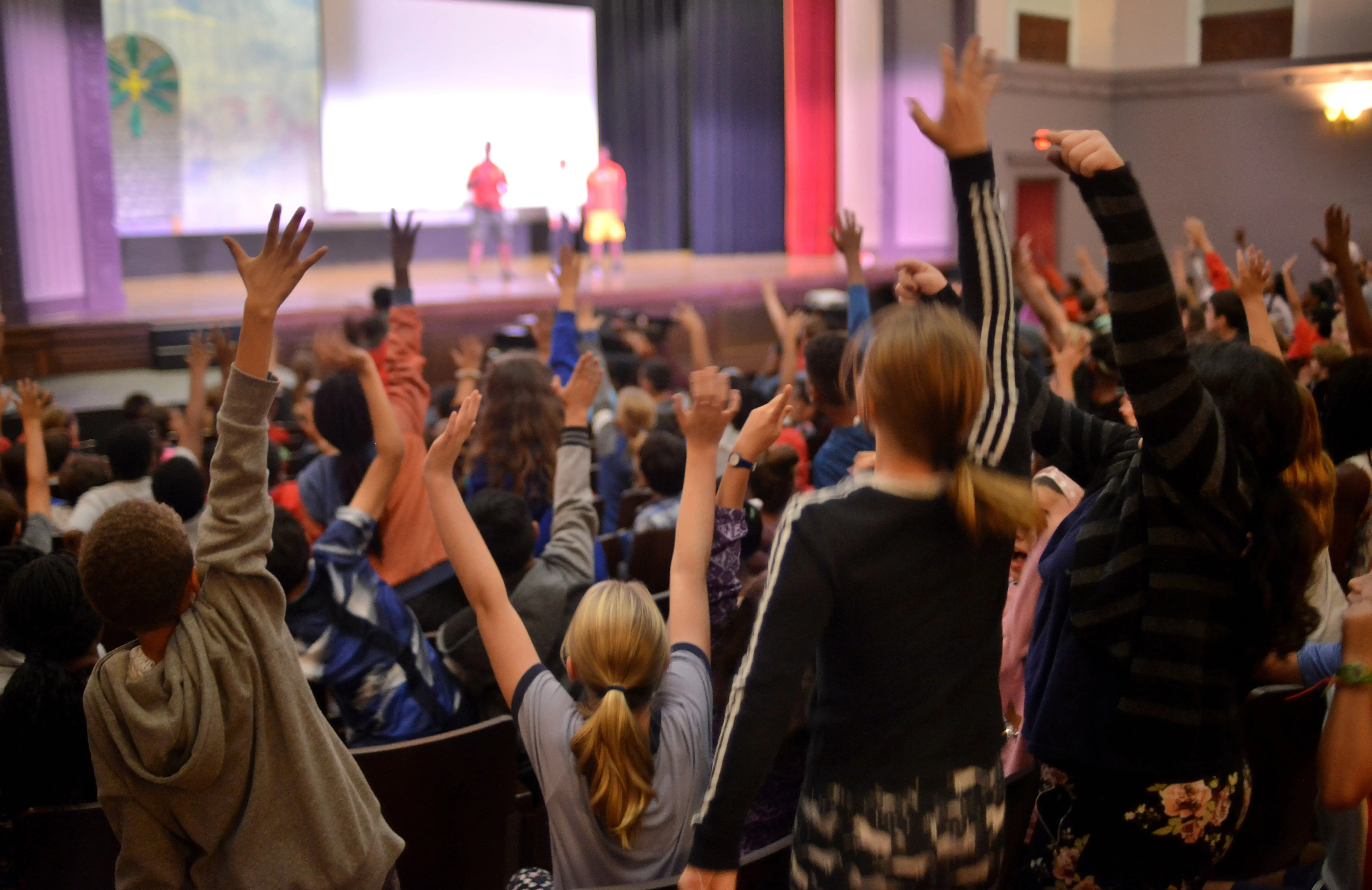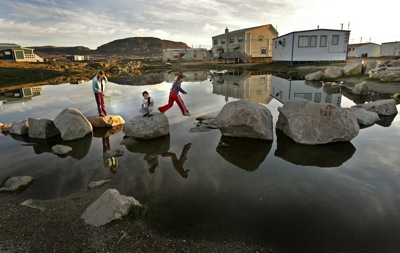Lesson Plan November 10, 2015
Circus Without Borders Curriculum Guide 3: Can one person’s decision to pursue his or her dreams also influence the dreams of others? Can artistic expression be an instrument of change?
Country:
Grades:
Part 3 of 4 in a unit plan for studying "Circus Without Borders."

PART 1 * PART 2 * PART 3 * PART 4
Introduction:
Circus Without Borders is an enlightening tale of two circus troupes from opposite ends of the globe who converge to realize a common dream. Using circus arts as a means of self-expression and cultural exchange, the two circuses —Artcirq in the Canadian Arctic and Kalabante in West Africa—give youth in two of the world's most challenged communities the tools to travel beyond their borders and succeed. The film is a beautiful performance piece; a portal into two remote cultures; and an inspiring story of joy and heartbreak with universal relevance.
The film culminates with a performance in Ottawa that blends Artcirq's traditions and repertoire with the magic of Yamoussa's acrobatics. The performers discover that, while they all face enormous and painful challenges, if they work hard, believe in themselves and embrace their own history and culture, "the rest will come."
Viewing the Film
The documentary is now available to stream worldwide on iTunes, Amazon, Google Play, Vimeo, Youtube Video on Demand and jman.tv.
Activity 1:
Have students share their questions and ideas about the purpose of this film. This should be done in small group or with partners. Discuss similarities and differences in ideas. Make sure that class takes notes on discussion.
Activity 2:
- Continue viewing the documentary (12:30–25:42). Freeze the image at 25:42 and discuss the quote by Guilliaume, "If I'm dreaming something that is difficult, perhaps it will come true" and the image of the group sleeping together. Why do you think this scene was included in the story?
- Consider the role and impact of artistic expression in each of these cultures.
- Finish viewing the rest of the documentary (25:43–52:43) that follows Yamoussa's work with Cavalia in Montreal. Continue taking notes following established guidelines.
- Have students work in small groups of 4–5 to discuss how different individuals in the documentary gave different perspectives on Yamoussa's comment, "Everyone comes into this world with a dream." You can use a Conversation Roundtable discussion organizer to keep track of evidence about different characters and their relationship to the quote.
Activity 3:
Final analysis: Each student will write an analysis of the documentary discussing what they believe to be the purpose and impact on the viewer. Use elements (interviews, images, narrations) as evidence to support your opinion. For additional supports go to Film Study Worksheet (Movie Worksheet).
Third set of exercises for students who will be watching "Circus Without Borders." Created by Jane Skelton for the Boston Globe Foundation.
Common Core Standards:
Grade 8
RI.8.2., RI.8.4., RI.8.6.
Grade 9–10
RI. 9-10.2., RI.9-10.4., RI.9-10.6.
Grade 11–12
RI.11-12.2., RI.11-12.4., RI.11-12.5., RI.11-12.6.
Writing
Grade 9–10
W.9-10.1.
Grade 11–12
W.11-12.1.
REPORTING FEATURED IN THIS LESSON PLAN
-
 English
EnglishProject
Nunavut, Canada: Hope on Ice
In the remote northern reaches of one of the wealthiest countries of the world is an aboriginal...



